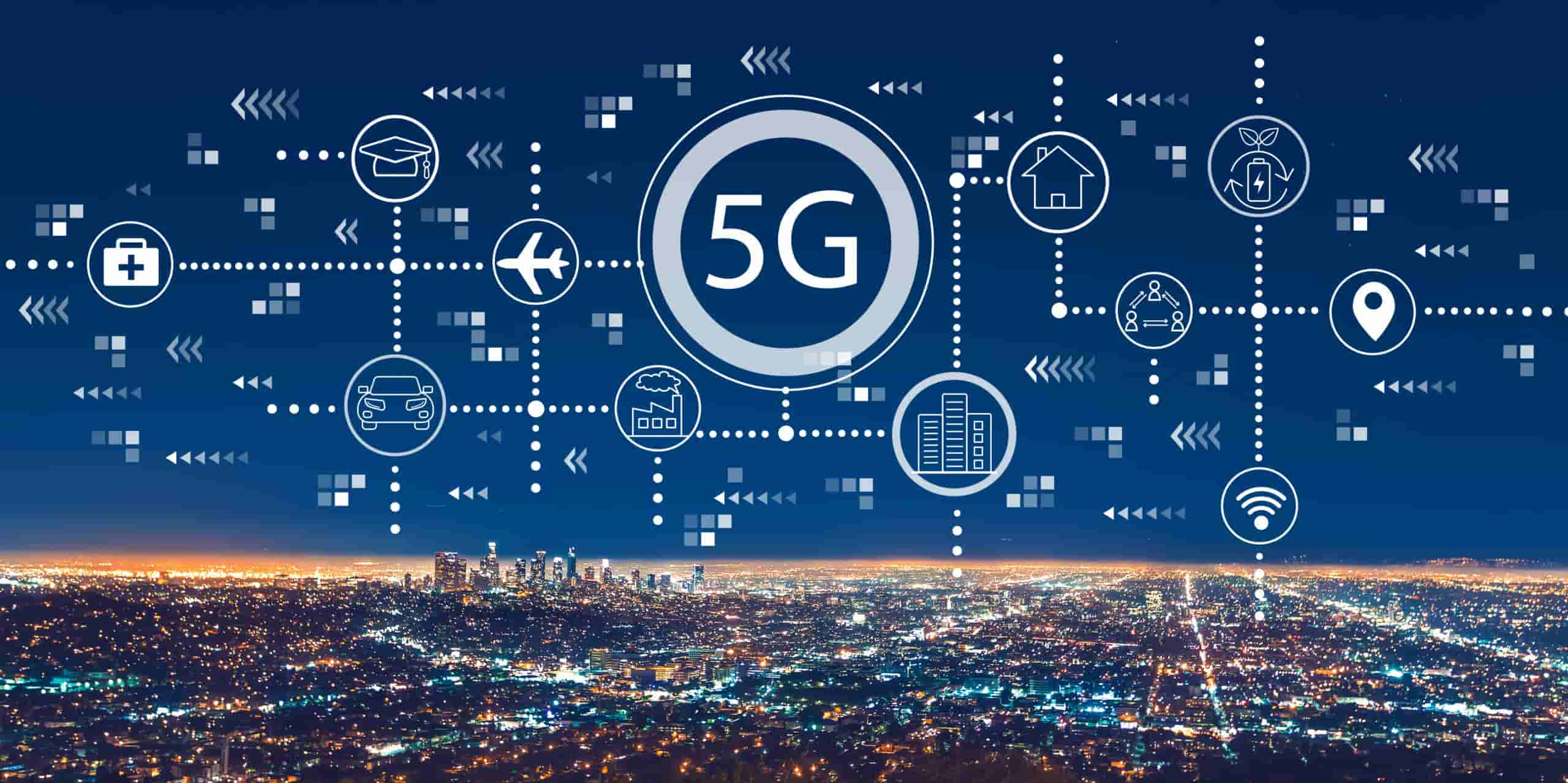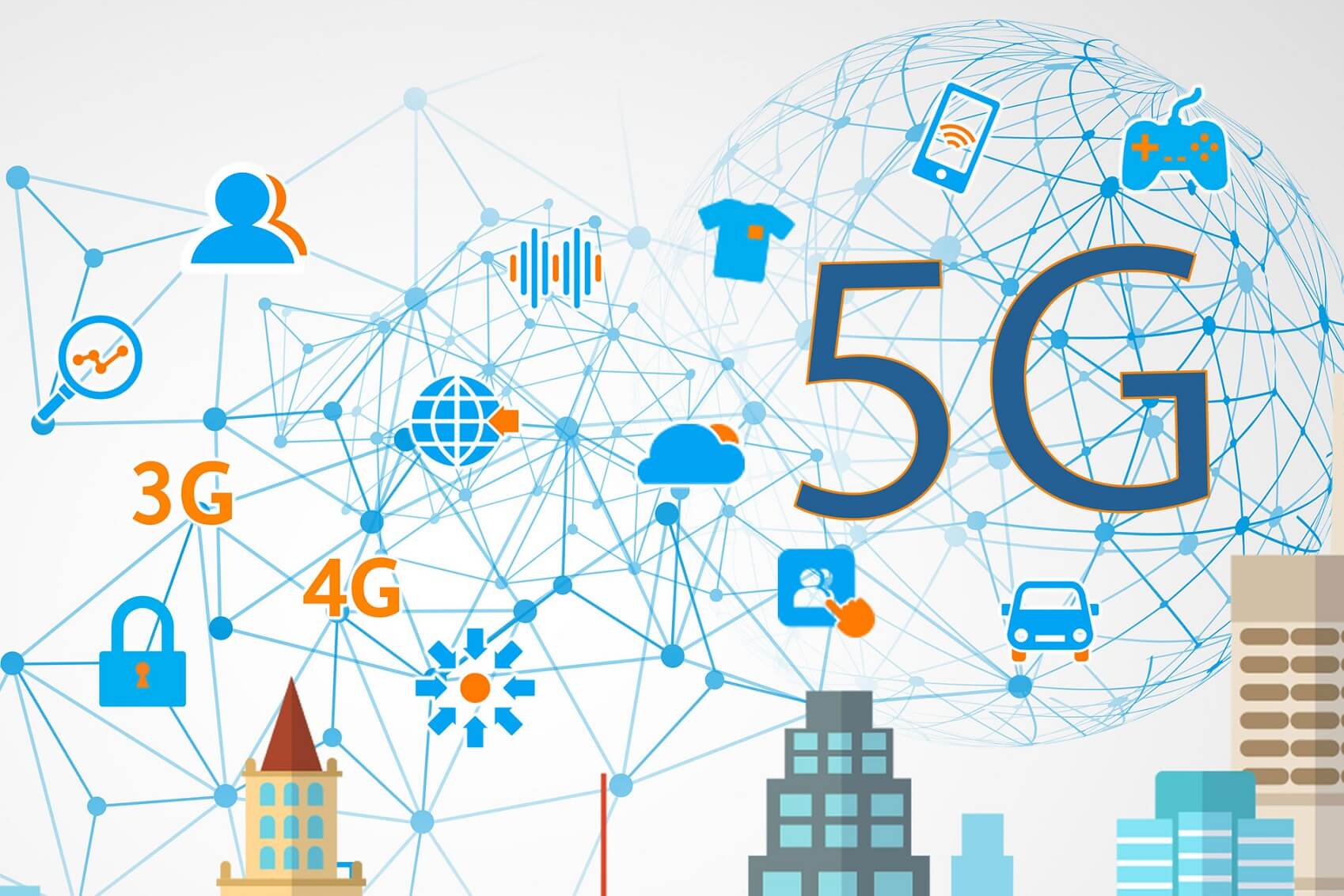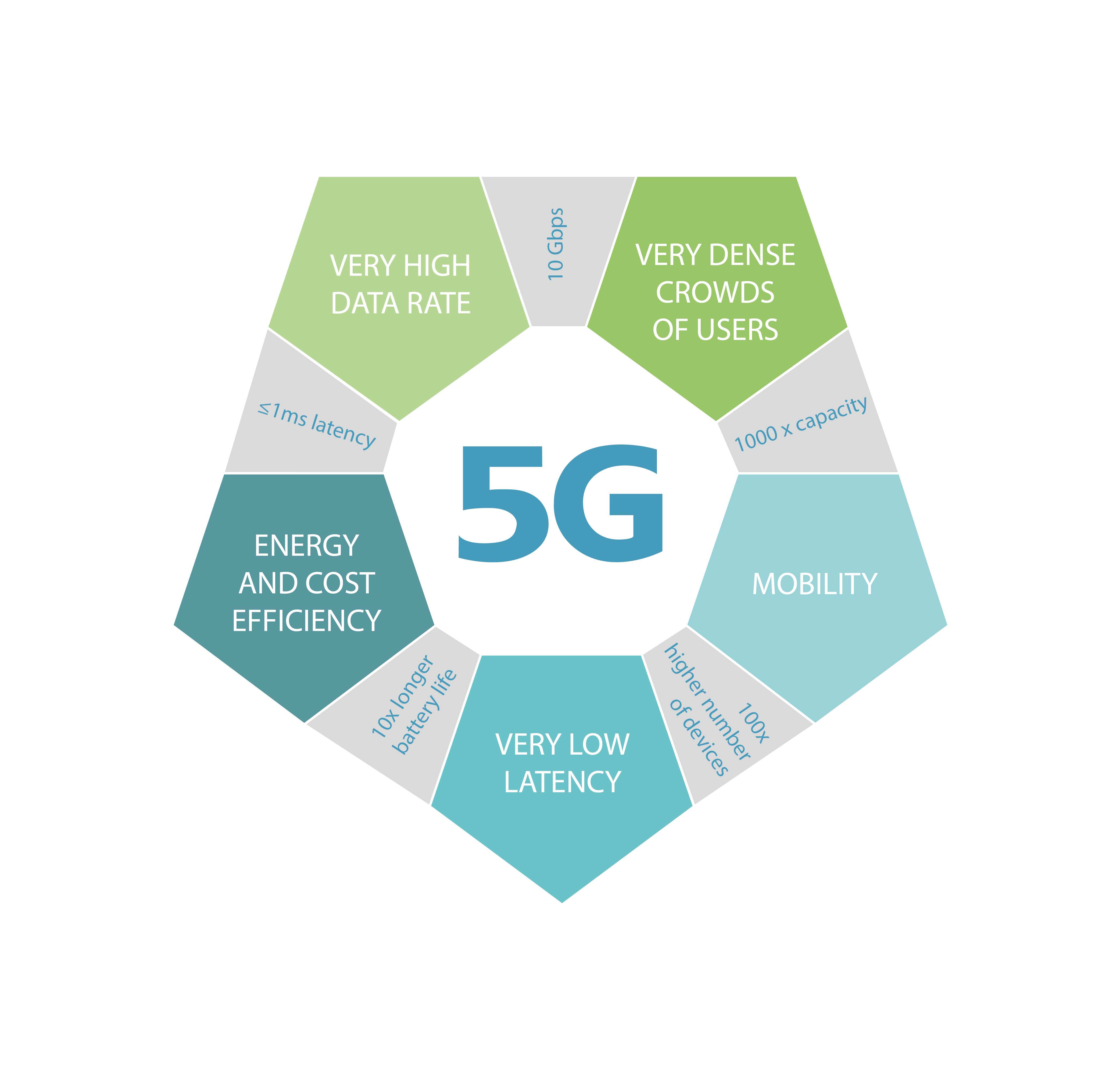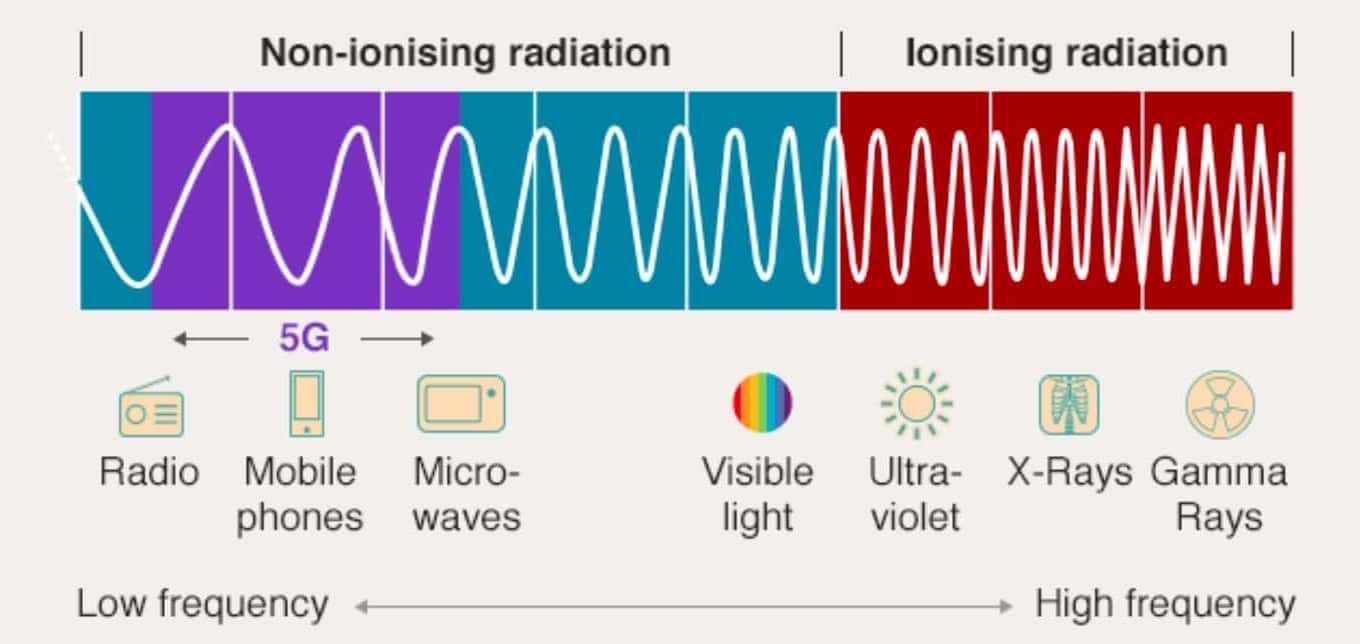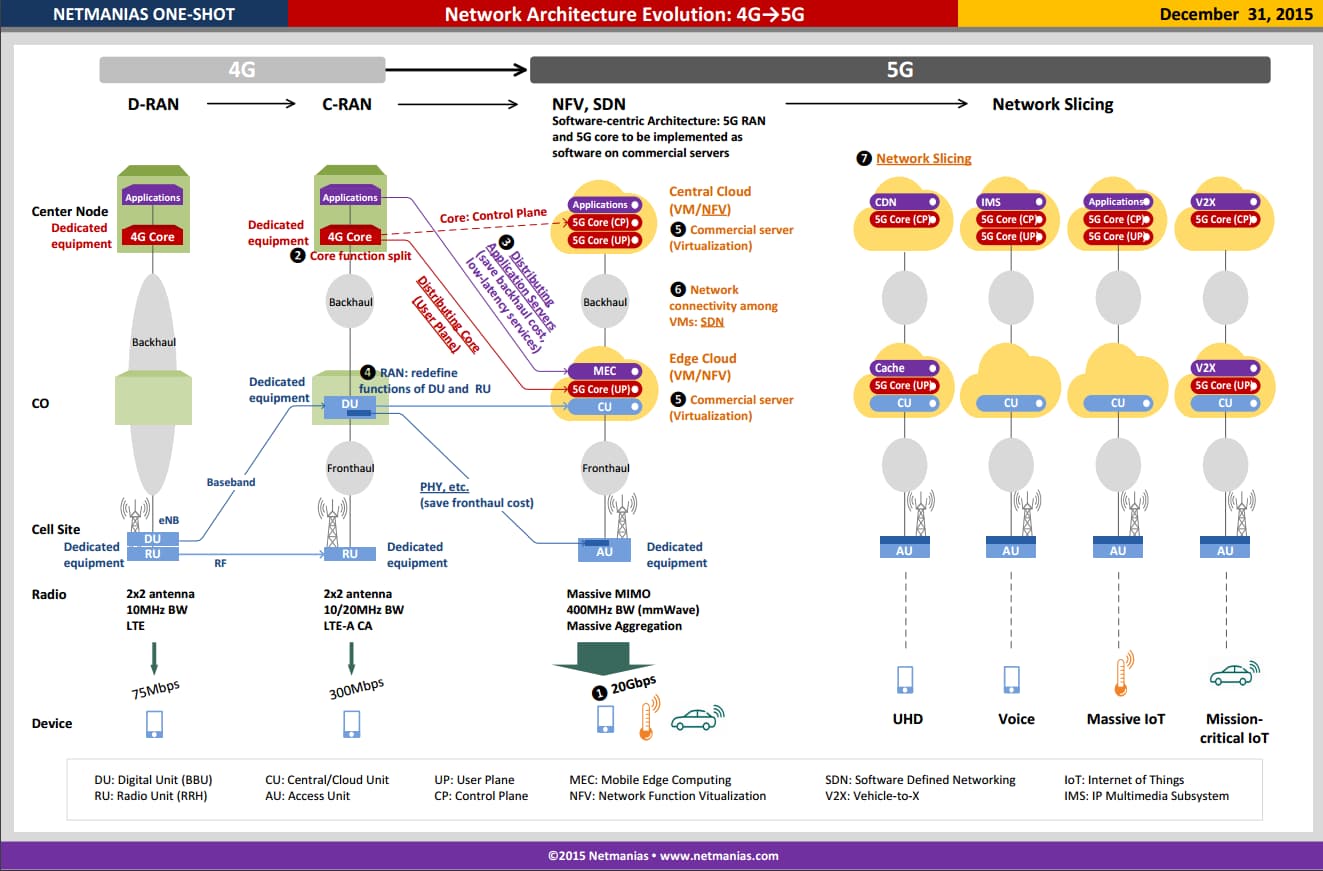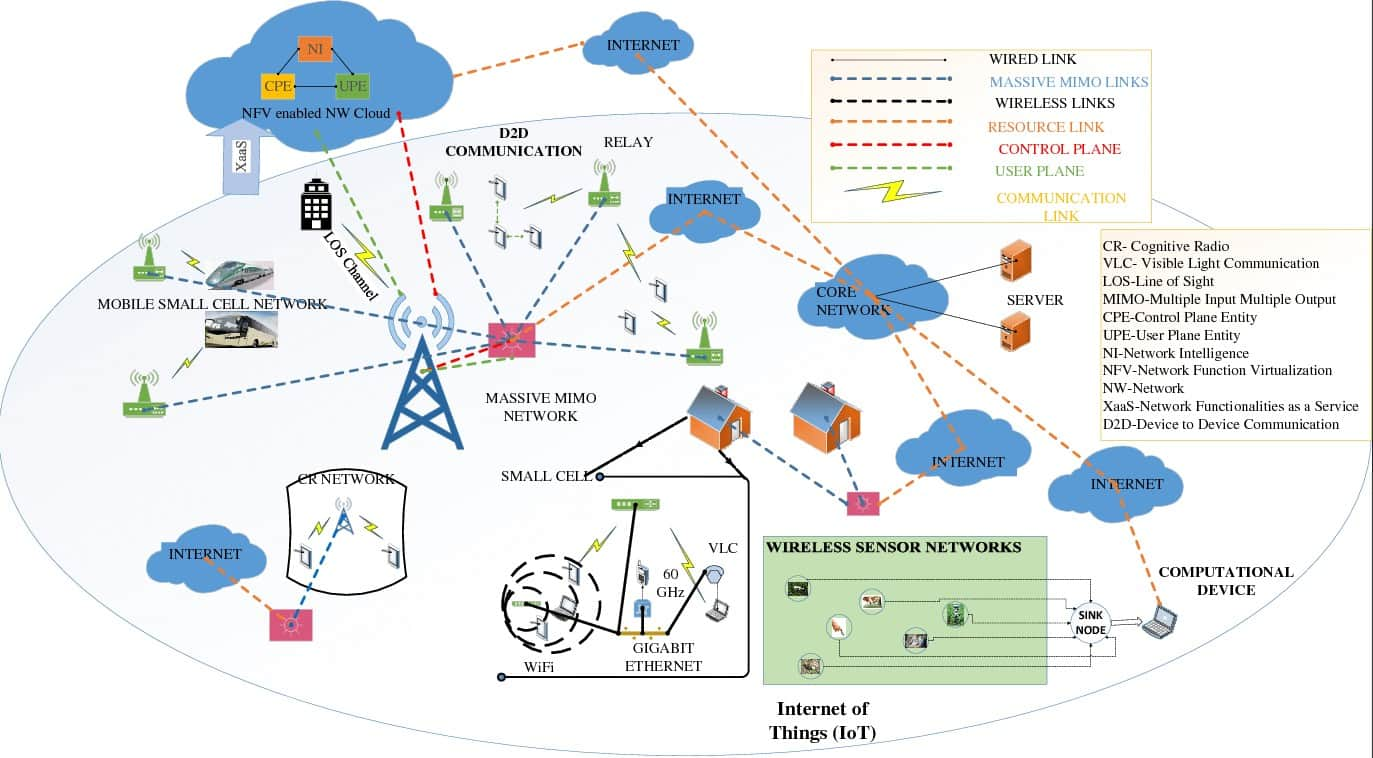5G Nationwide Vs 5G Ultra Wideband
A Comprehensive Overview of 5G
The advancement of cellular communication standards has reached a new pinnacle with the introduction of 5G technology. Since its inception in 2019, 5G has rapidly become a global benchmark for wireless communication, promising faster data transfer speeds, the ability to manage massive data loads, and minimal latency. This technology holds the potential to revolutionize sectors ranging from entertainment to advanced smart technologies. In this article, we delve into the intricacies of 5G, comparing 5G Nationwide and 5G Ultra Wideband.
What is 5G?
5G refers to the fifth generation of cellular network technology, which represents the latest advancement in broadband communication. It offers significant improvements over its predecessors, including faster speeds and lower latency. 5G is approximately 100 times faster than 4G, providing users with a greatly enhanced mobile experience characterized by high-speed connectivity and minimal lag.
With 5G, activities such as gaming, work, online streaming, and multimedia consumption can be performed at unprecedented speeds. This cellular broadband communication technology plays a crucial role in creating a more sustainable, safer, and smarter future.
Since its initial deployment in 2019, 5G has demonstrated remarkable capabilities and has captured significant attention within the tech industry. It has been a dominant topic in technology news, generating excitement for its potential to revolutionize various sectors and enable advanced applications.
Prior to the arrival of 5G, there were earlier generations of mobile technology, including 1G, 2G, 3G, and 4G. 1G was introduced in the 1980s and provided analog voice services. 2G, deployed in the 1990s, introduced digital voice services and technologies such as CDMA. The early 2000s saw the advent of 3G, which paved the way for mobile data services. 4G, the fourth generation, was the most recent cellular network technology before the introduction of 5G.
5G not only enhances network connections but also opens up new opportunities. It is designed to provide better and faster connectivity, not only for cell phones but also for a wide range of compatible devices. This means that personal computers and other devices can integrate 5G wireless technology, enabling them to take advantage of its benefits.
What is 5G Nationwide?
5G Nationwide refers to a wireless network that combines 4G LTE (Long-Term Evolution) technology with sub-6GHz 5G spectrums. It leverages advanced antenna technology to operate both 5G and 4G LTE within the same frequency band. This approach allows users to access 5G services in areas where it is available and seamlessly transition to 4G or 4G LTE in areas without 5G coverage.
The deployment of 5G Nationwide involves utilizing the lower-frequency sub-6GHz spectrum. This spectrum offers better coverage characteristics compared to higher-frequency bands used by other 5G implementations, such as mmWave (millimeter wave). The lower-frequency signals can penetrate buildings and travel longer distances, providing broader coverage both indoors and outdoors.
As of now, 5G Nationwide services are available in over 2,700 cities. Efforts are underway to integrate this network with Ultra Wideband technology, which utilizes higher-frequency mmWave spectrum for faster speeds and lower latency in select areas.
5G Nationwide aims to provide widespread coverage and connectivity, allowing users to experience enhanced speeds and capabilities offered by 5G technology. While it may not deliver the ultra-fast speeds and low latency of mmWave-based 5G networks, it provides a foundational level of 5G connectivity across a larger geographic area.
What is 5G Ultra Wideband?
5G Ultra Wideband stands at the forefront of cellular technology, harnessing the power of high-band mmWave spectrum to deliver unparalleled 5G speeds. This technology paves the way for an almost instantaneous user experience, allowing for flawless streaming of high-resolution content, seamless gaming, and crystal-clear video conversations.
The prowess of 5G Ultra Wideband is unquestionable. Its capability to maintain high-speed data transfers, even with dense user traffic, sets it apart. This advancement has the potential to bring transformative changes across various sectors, including healthcare, entertainment, public infrastructure, and the automotive industry.
Comparing 5G Ultra Wideband with 5G Nationwide, the distinctions become clear. Although 5G Nationwide boasts a more expansive coverage area, 5G Ultra Wideband shines in terms of speed and performance.
It’s essential to note that adopting 5G Ultra Wideband doesn’t confine users to specific zones. As one transitions out of Ultra Wideband service areas, devices seamlessly connect to the 5G Nationwide network, ensuring uninterrupted service. Depending on the region, the 5G Nationwide may default to 4G LTE, 4G, or 5G connectivity.
One of the standout features of Ultra Wideband 5G is its immense capacity, guaranteeing consistent and dependable network performance across various scenarios.
Benefits of 5G Ultra Wideband
5G Ultra Wideband is more than just another advancement in cellular technology; it represents a leap into the future of communication. Here’s a breakdown of what it brings to the table:
- Blazing Speeds: 5G Ultra Wideband guarantees exceptionally high data transfer rates, making tasks like downloading large files or streaming 4K videos almost instantaneous.
- Minimal Latency: With near-zero lag, real-time activities like online gaming, augmented reality experiences, and video conferencing become smoother and more immersive.
- Broadened Capacity: Designed to efficiently cater to densely populated areas, 5G Ultra Wideband ensures the network remains robust and responsive even with numerous simultaneous users.
- Industry Evolution: The potential of 5G Ultra Wideband extends beyond personal usage. Industries such as healthcare, entertainment, automotive, and public services can harness its capabilities for advancements like telemedicine, immersive content delivery, autonomous driving, and smart city implementations.
- Enhanced Connectivity: While its primary highlight is speed, 5G Ultra Wideband also ensures a more stable and reliable connection, reducing instances of call drops or data interruptions.
- Future-Proofing: As the world steadily moves towards a more interconnected future with the Internet of Things (IoT), 5G Ultra Wideband is primed to handle the surge in data demands, ensuring devices can communicate seamlessly.
- Better User Experience: Whether it’s streaming, browsing, gaming, or working, the enhanced speed and reliability promise a more fluid and enjoyable user experience.
- Optimized Battery Life: With faster data transfer rates and efficient connectivity, devices can potentially experience reduced battery drain during data-intensive tasks.
- Global Roaming: As more regions adopt 5G Ultra Wideband, global travelers can benefit from consistent high-speed connectivity across borders.
- Support for New Technologies: The capabilities of 5G Ultra Wideband will pave the way for innovations in virtual reality, augmented reality, and other emerging technologies, unlocking new realms of digital experiences.
The Distinctive Characteristics of 5G Nationwide and 5G Ultra Wideband
When delving into the realms of 5G technology, the contrast between 5G Nationwide and 5G Ultra Wideband becomes evident in terms of coverage breadth and velocity of data transmission. 5G Ultra Wideband distinguishes itself with its superior speed, harnessing the capabilities of high-band frequencies to provide swift and efficient service. In contrast, 5G Nationwide is characterized by its extensive coverage, offering considerable speeds that extend across a broader geographic area.
The necessity to choose between these two networks is obviated by their complementary nature. As users traverse beyond the bounds of Ultra Wideband’s reach, their devices will automatically transition to the extensive 5G Nationwide network. This seamless switch ensures that connectivity remains consistent, with the added assurance of a fallback to the reliable 4G/4G LTE network should 5G be unavailable.
It’s essential to clarify that 5G Ultra Wideband is a term specific to the branding of this technology and not to be conflated with the ultra-wideband radio technology found in consumer devices like the Galaxy SmartTag by Samsung or Apple’s AirTag. This branding distinction is visually represented by the unique 5G icons, such as “UWB” or “UW,” that appear on devices when connected to the 5G Ultra Wideband network.
With 5G Nationwide’s coverage extending to over 2,700 cities, it provides a foundational layer of 5G access, signified by the standard 5G icon on enabled devices. Even in the absence of 5G Ultra Wideband coverage, users within these areas can still enjoy robust network performance.
Verizon leads the charge with their 5G Ultra Wideband service, merging mid-band and high-band spectrums to curate an exemplary 5G encounter. This service is not only about increased speed, which can reach tenfold compared to traditional offerings, but also about enhancing user experience with rapid connectivity.
Conversely, 5G Nationwide employs the low-band spectrum to ensure widespread availability and reliable performance, making it a staple across the United States. This network is the backbone of 5G accessibility, ensuring users can connect from virtually anywhere within the country.
Understanding the Spectrum Landscape in 5G Connectivity
5G, the latest generation in wireless communication, harnesses a broad spectrum of radio waves to facilitate its connections. The efficiency and performance of 5G are intrinsically linked to the spectrum frequencies it employs. Let’s delve deeper into these ranges and their implications:
- Low Frequency Spectrum (Sub-6GHz): Centered around 4GHz, this spectrum is renowned for its extensive reach and ability to effortlessly permeate obstacles such as buildings and natural barriers. This makes it an ideal choice for establishing widespread 5G coverage. However, while it offers speeds marginally faster than 4G LTE, typically surpassing 100 Mbps, it seldom breaches the 200 Mbps threshold.
- Mid-band Spectrum (C-band): Positioned within the 4-8 GHz frequency range, the C-band is gaining attention in the U.S., particularly the 3.7-3.98GHz segment. This spectrum offers an attractive balance of speed and coverage. It may not be as adept at obstacle penetration as the low frequency spectrum, but it compensates with higher data transfer rates. Reports, such as those from TechRadar, have documented speeds reaching an impressive 474.51 Mbps using C-band 5G.
- High-band Spectrum (mmWave): The millimeter wave, or mmWave, operates at 24GHz and above. Unlike the aforementioned spectrums, mmWave isn’t as widely adopted due to its inherent challenges. Its coverage is notably limited, and its ability to penetrate obstacles is compromised. However, where it shines is in its sheer speed, frequently achieving speeds in excess of 1Gbps. This makes it a compelling choice for densely populated urban areas where high-speed connectivity is paramount.
The challenges posed by mmWave’s limited range and obstacle interference are counterbalanced by the exceptional speed it delivers. In contrast, the low frequency spectrum, with its expansive coverage and superior obstacle penetration, offers more modest speeds.
Verizon’s 5G Ultra Wideband service exemplifies the fusion of spectrums, integrating both mid-band and high-band frequencies to sculpt a 5G experience that is both fast and far-reaching.
5G network architecture
5G network architecture represents a significant evolution from previous mobile network designs, incorporating a mix of new technologies and approaches to meet the demands for higher speeds, lower latency, and better efficiency. Here’s an overview of the primary components and design principles of 5G network architecture:
- End-to-End Network Slicing: One of the core features of 5G, network slicing allows operators to create multiple virtual networks on top of a common shared physical infrastructure. Each slice can be tailored to specific requirements, be it for IoT, AR/VR applications, or traditional mobile broadband.
- Software Defined Networking (SDN) and Network Function Virtualization (NFV):
- SDN: Allows network behavior to be controlled by software, enabling dynamic adjustments and more flexible network management.
- NFV: Moves network functions away from dedicated hardware to virtualized environments, leading to reduced costs and improved scalability.
- Decentralized Core Network: Unlike previous generations, 5G allows for a more decentralized core network, enabling data routing to occur closer to the data source (like a cell tower) and reducing the need to send all data back to a centralized core.
- Multi-Access Edge Computing (MEC): MEC brings computational resources closer to the data source, reducing latency by processing data at the network edge, near where it’s generated.
- Enhanced Mobile Broadband (eMBB): This provides the high-speed, high-capacity broadband access associated with 5G, supporting applications such as HD video streaming and VR.
- RAN (Radio Access Network):
- gNodeB (Next-generation NodeB): The base station in 5G networks.
- Small Cells: Due to the use of millimeter wave frequencies in 5G, which have a shorter range, there’s a need for a denser network of smaller, low-power base stations to ensure coverage.
- 5G New Radio (NR): This is the new air interface for 5G, supporting a mix of frequency bands.
- Dual Connectivity: Allows devices to connect simultaneously to 4G and 5G networks, facilitating smoother transitions and improved reliability.
- Unified Air Interface: 5G architecture supports a range of devices and services through a unified air interface, allowing for more flexible deployments.
- Core Network Improvements:
- CUPS (Control and User Plane Separation): This optimizes resource allocation and allows for more flexibility in network management.
- Service-Based Architecture (SBA): In the 5G core network, network functions are modular and can be invoked as services, leading to more efficient and flexible network operations.
- Ultra-Reliable and Low Latency Communications (URLLC): Supports applications that require very high reliability and extremely low latency, such as autonomous vehicles and certain industrial automation tasks.
- Massive Machine Type Communications (mMTC): Designed to support a vast number of devices, as would be required in large-scale IoT deployments.
The design of 5G architecture is a response to the diverse demands of modern communication, ensuring not only faster speeds but also the flexibility to accommodate a wide range of applications and services.
5G applications in different industries
5G technology, with its ultra-fast speeds, low latency, and higher bandwidth, promises to revolutionize various industries by enabling new applications and improving existing ones. Here’s a breakdown of 5G applications across different sectors:
- Healthcare:
- Telemedicine: Enhanced video conferencing capabilities allow for real-time remote consultations.
- Remote Surgery: Low latency facilitates precision for surgeons performing operations remotely via robotic systems.
- Wearable Health Monitors: Real-time data streaming from wearables can assist in continuous health monitoring and faster response to emergencies.
- Automotive:
- Autonomous Vehicles: Real-time data processing and communication between vehicles (V2V) and infrastructure (V2I) support safer self-driving car operations.
- Enhanced In-Vehicle Entertainment: High-speed connectivity transforms vehicles into entertainment or work hubs.
- Entertainment & Media:
- Augmented Reality (AR) and Virtual Reality (VR): 5G facilitates smoother and more immersive AR and VR experiences.
- Ultra-HD Streaming: Users can stream 4K and 8K video content seamlessly.
- Cloud Gaming: Gamers can play high-end, graphics-intensive games from the cloud without latency issues.
- Manufacturing & Industry 4.0:
- Smart Factories: Real-time communication between machines (M2M) enhances automation and efficiency.
- Predictive Maintenance: Continuous data collection and analysis predict when machines need maintenance, reducing downtime.
- Augmented Reality for Training: AR can assist in training and complex assembly tasks.
- Agriculture:
- Precision Farming: Sensors and drones can monitor and analyze field conditions, optimizing irrigation, and fertilizer application.
- Livestock Monitoring: Wearables can track the health and location of animals.
- Retail:
- AR Shopping: Customers can try products virtually before purchasing.
- Smart Checkout: Automated and seamless checkout processes without traditional cashiers.
- Smart Cities:
- Traffic Management: Real-time data can optimize traffic flow and reduce congestion.
- Smart Grids: Enhanced monitoring and control of electric grids lead to efficient energy usage.
- Public Safety: Faster communication can aid in emergency response and disaster management.
- Finance:
- High-frequency Trading: Reduced latency can enhance algorithmic trading strategies.
- Remote Financial Consultations: Enhanced video conferencing capabilities for financial advisory.
- Transportation & Logistics:
- Fleet Management: Real-time tracking and management of vehicles.
- Smart Ports and Airports: Enhanced logistics and cargo monitoring, and personalized passenger experiences.
- Energy:
- Remote Monitoring of Infrastructure: Real-time data collection from remote energy assets like wind turbines or offshore oil platforms.
- Smart Grid Management: Optimizing the distribution of energy in real-time based on demand.
- Education:
- Remote Learning: Enhanced interactive online classes and virtual labs.
- Virtual Campus Tours: Prospective students can explore campuses using VR.
Conclusion
The advent of 5G technology marks a pivotal moment in the evolution of wireless communication. Its transformative capabilities extend far beyond enhanced internet speeds, offering unprecedented opportunities for industries to innovate, optimize, and evolve. Whether it’s healthcare’s transition to remote surgeries, the automotive industry’s leap towards full autonomy, or cities becoming smarter and more sustainable, 5G is at the heart of these revolutions.
As industries continue to integrate 5G into their operations, consumers and businesses alike will experience a world where connectivity is seamless, experiences are immersive, and possibilities are boundless. As we move forward, it’s crucial for industries, policymakers, and stakeholders to collaborate, ensuring that the benefits of 5G are maximized while addressing challenges head-on. Indeed, 5G isn’t just a technological upgrade; it’s the foundation of a globally connected future.
Take a Quick Quote
Discover how our expertise can help with your next PCB project.

